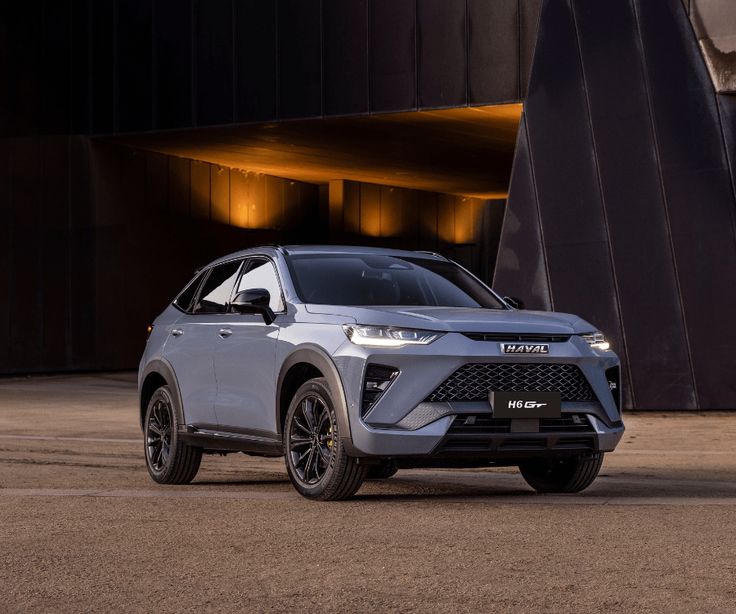Once hailed as a modern marvel for fuel efficiency and seamless acceleration, the Continuously Variable Transmission (CVT) has become both a selling point and a serious concern for SUV buyers. These transmissions offer smooth performance and better MPG numbers than traditional automatics, especially in urban daily driving. But not all CVTs are built the same.
Some hold strong past the 200,000-mile mark without breaking a sweat, while others buckle under basic pressure, leading to costly repairs and nightmares at the dealership.
For those who love SUVs—rugged, practical, and stylish machines—the type of transmission lurking beneath the hood matters more than most realize. And while manufacturers continue experimenting and refining CVT designs, the truth is, only a few SUVs with CVTs have proven their reliability time and time again.
So, we’re diving deep into the transmission trenches. If you’re wondering which SUVs you can confidently take on a 10-year ownership ride without transmission drama—and which ones to avoid like an oil leak—this list is your holy grail.
Whether you’re an off-road thrill seeker or a mileage-conscious commuter, knowing how CVTs hold up in real-world SUVs is the edge every car enthusiast (and smart buyer) needs
5 SUVs With CVTs That Never Fail
These five SUVs show the world that CVTs can be bulletproof. Built with engineering finesse, smart cooling systems, and proven real-world performance, they’re the top picks for anyone who wants a smooth, efficient ride without dreading a trip to the mechanic. If you’re tired of horror stories, these CVT SUVs are the peace-of-mind champions.
ALSO READ: 5 Daily Drivers That Clock 300,000 Miles Without Drama and 5 That Constantly Need Fixes
1. Honda CR-V (2015–Present)
The Honda CR-V is practically the poster child for reliable CVT-equipped SUVs. Since 2015, Honda introduced its CVT into the CR-V lineup, and—surprise—it just worked. No widespread failures, no class-action lawsuits, no viral Reddit rants. Just thousands of owners clocking past 200,000 miles with nothing more than fluid changes and routine care.
Honda engineered this CVT with durability in mind. It features smart thermal management and robust belt construction that resists the dreaded slipping, jerking, or whining noises many CVTs become infamous for. While it’s not a race-ready transmission, the CR-V’s CVT handles daily driving and moderate hill climbs like a champ.
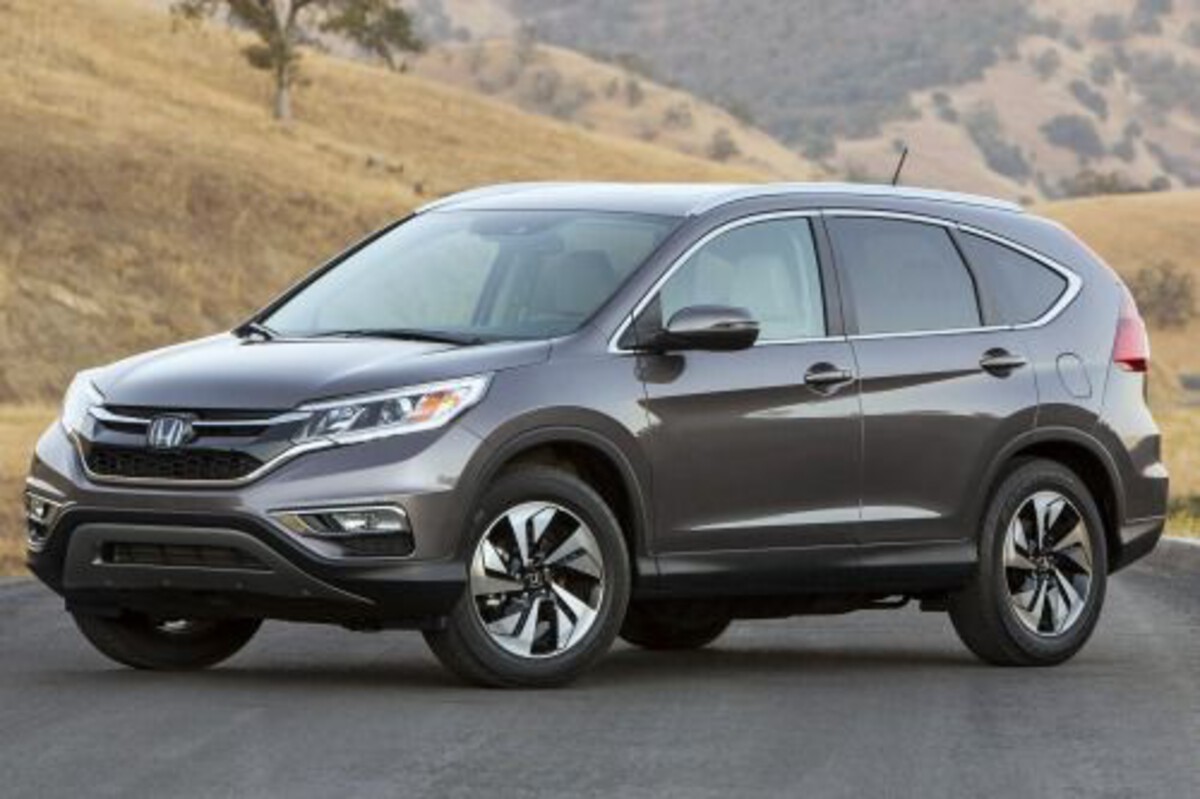
The CR-V’s powertrain pairing—its 1.5L turbocharged engine and CVT—may sound underwhelming on paper, but in reality, it offers smooth acceleration and top-tier fuel economy. Even better? Honda didn’t overcomplicate things with finicky tuning or gimmicks. It’s just a well-sorted transmission inside a well-engineered SUV.
If you’re on the hunt for a used SUV that won’t cost you a transmission rebuild at 90,000 miles, the CR-V stands tall. In a world full of CVT landmines, it’s a proven warrior—and that’s why it’s still one of the best-selling SUVs in the U.S.
2. Subaru Forester (2014–Present)
When Subaru rolled out its Lineartronic CVT in the Forester, skeptics raised eyebrows. But over the years, this AWD champ proved it could take a beating—snow, hills, mud, and long commutes—and still deliver.
Subaru’s CVT is different. It uses a chain instead of a belt, giving it extra strength to handle torque demands better than your average grocery-getter CVT. Pair that with Subaru’s naturally aspirated boxer engines and symmetrical all-wheel drive, and you get a powertrain combo that doesn’t stress the CVT unnecessarily.

Foresters from 2014 onward have shown excellent reliability, with many owners reporting over 150,000 trouble-free miles. Subaru also offers extended CVT warranties on many models, adding an extra layer of confidence for buyers concerned about long-term performance.
Add in excellent visibility, solid fuel economy, and year-round traction, and you’ve got a well-rounded SUV that won’t leave you stranded. The Forester’s CVT doesn’t whine, lurch, or hesitate like many competitors. It just gets the job done quietly and confidently.
For those who need utility with peace of mind, the Forester is a CVT success story you can park in your driveway without second-guessing.
3. Toyota C-HR (2018–2022)
The Toyota C-HR might not be the most rugged SUV on the block, but when it comes to CVT durability, it’s a hidden gem. Underneath its aggressive styling and urban-focused design lies a transmission that’s quietly building a reputation for consistency and longevity.
Toyota’s CVTs—especially in the C-HR—use a launch gear setup that reduces belt wear and torque strain. This hybrid-style innovation gives you better off-the-line response and spreads wear evenly across the components, extending the lifespan of the transmission significantly.
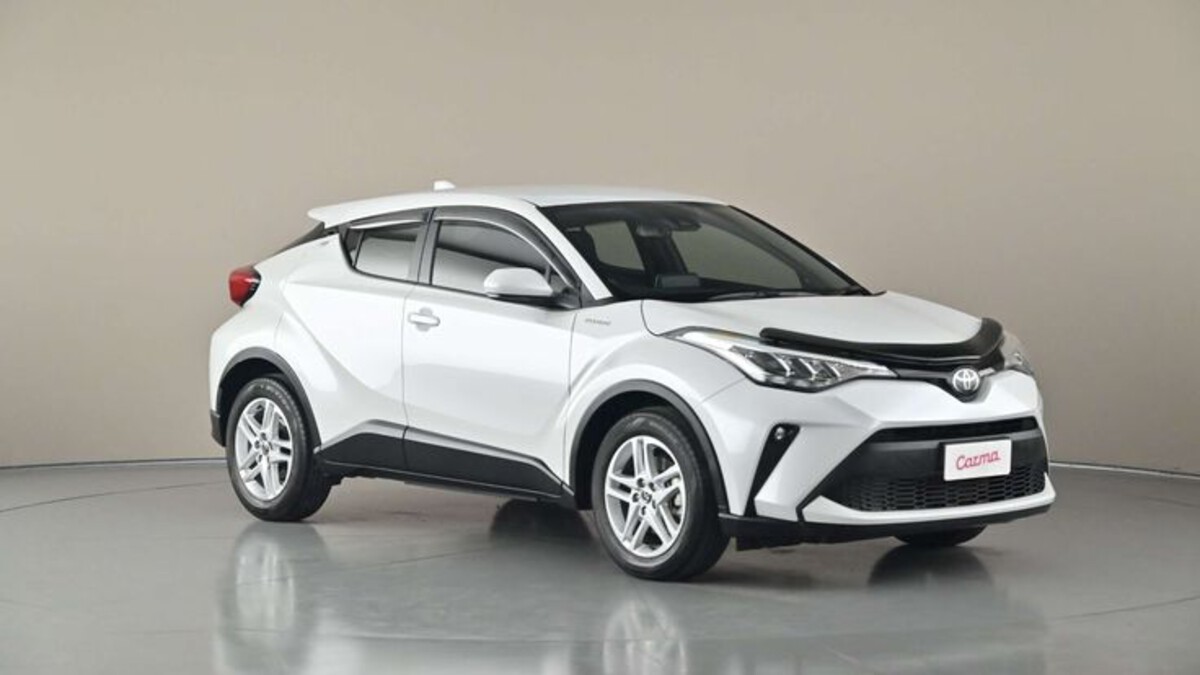
While the C-HR won’t win drag races, it excels at daily driving. Drivers report smooth acceleration, quiet operation, and almost no transmission-related issues—even on models with over 120,000 miles. Unlike other compact crossovers that develop hiccups early, the C-HR just keeps going with basic maintenance.
If your top priority is a worry-free ownership experience in a stylish package, the C-HR delivers. Toyota didn’t just slap a CVT into this crossover—they engineered it to last. That’s why it’s on the shortlist for used SUV buyers who prioritize reliability over raw power.
4. Lexus UX 200 (2019–Present)
Luxury and CVTs don’t always get along, but the Lexus UX 200 is the rare exception. This premium subcompact SUV is powered by a 2.0L engine mated to Toyota’s Direct-Shift CVT, which smartly integrates a physical first gear for off-the-line power before handing things off to the belt system. The result? Smoother takeoffs, less wear, and increased reliability.
Owners of the UX 200 rave about how un-CVT-like the transmission feels. There’s minimal droning, responsive shifts, and most importantly, no horror stories of transmission failure. It feels like an automatic when you need power, and a CVT when you want efficiency.
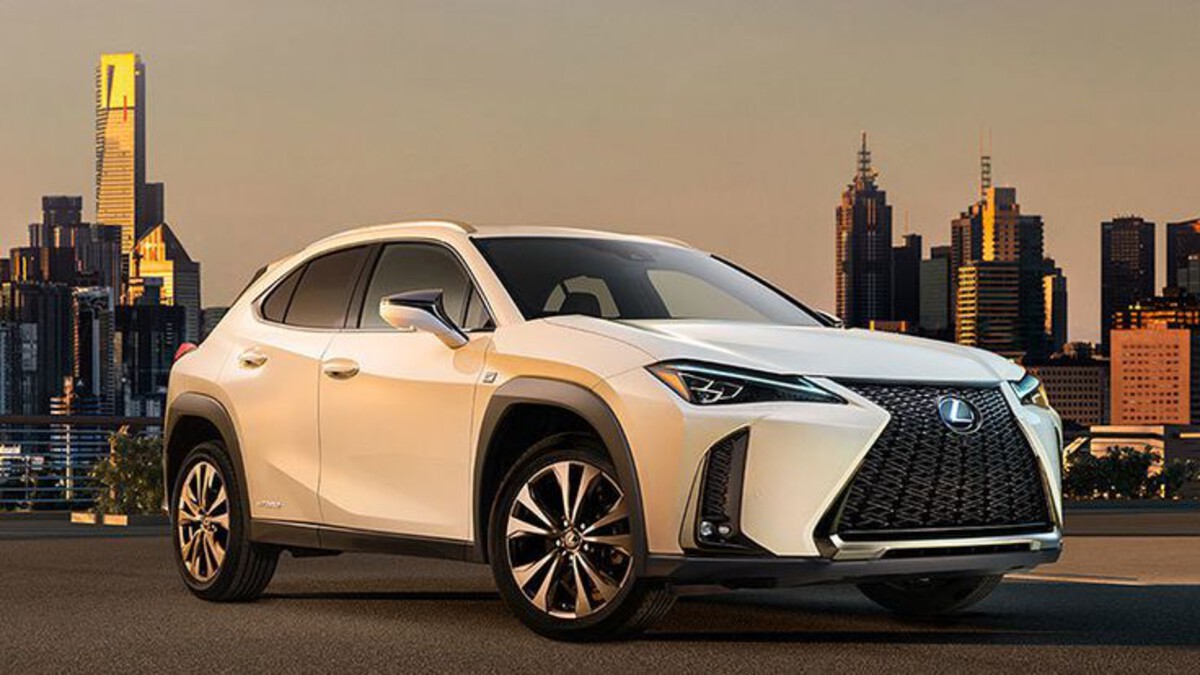
As a luxury crossover, the UX is packed with high-end materials and tech, but it’s the engineering under the hood that seals the deal. With excellent fuel economy, upscale comfort, and a CVT that doesn’t quit, it’s a strong choice for those who want peace of mind in a Lexus badge.
This SUV proves you don’t have to sacrifice performance or durability for CVT smoothness. It’s a perfect match of innovation and reliability wrapped in a premium package.
5. Nissan Rogue (2017–Present)
Yes, you read that right—Nissan and reliable CVT in the same sentence. After a rocky start with early CVT designs, Nissan turned things around by 2017 with the redesigned Rogue. Thanks to heavy investment in improving their Xtronic CVTs, these newer Rogues are miles ahead of their predecessors in durability and performance.
Nissan upgraded cooling systems, reprogrammed shift logic, and reinforced internal components in the Rogue’s CVT, and the results show. Owners of 2017+ models have reported vastly improved reliability, with many vehicles cruising past 120,000 miles with zero transmission repairs.
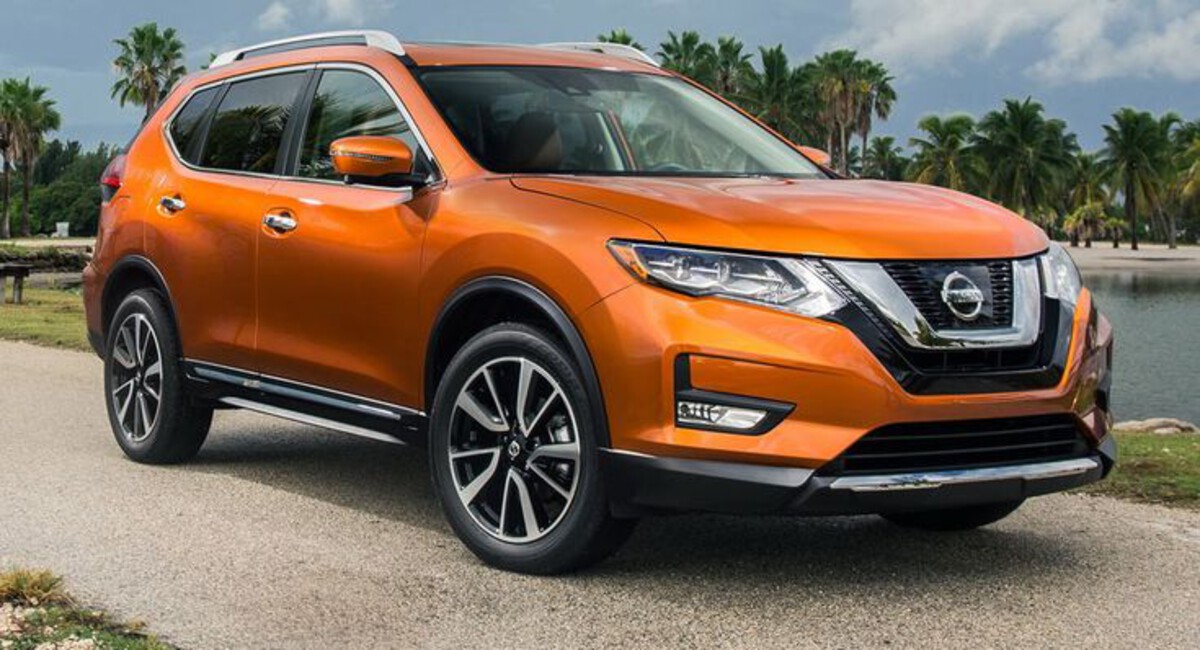
It also helps that the Rogue isn’t a torque monster. Its 2.5L engine pairs well with the CVT, preventing the kind of high-stress situations that destroyed older Nissan units. While spirited drivers might find it underwhelming, for daily commuters, it’s a quiet and smooth ride that just works.
After years of criticism, Nissan finally got it right, and the Rogue stands as proof. If you’ve written off all CVT Rogues based on early models, it might be time to reconsider.
5 SUVs With the Worst Transmission Problems
Some CVTs are engineering marvels—and some are just expensive grenades waiting to blow. These five SUVs have earned a reputation for frequent transmission issues, early failures, or poor design. If you’re shopping used or planning to keep your SUV for a long time, steer clear unless you’re prepared for rebuilds, replacements, and relentless repair bills.
ALSO READ: 5 American Cars That Are Surprisingly Reliable and 5 That Should Be Avoided at All Costs
1. Jeep Compass (2014–2016)
The Jeep Compass is a stylish compact SUV, but the 2014–2016 models with CVTs were plagued by chronic transmission issues. Jeep used a Jatco-sourced CVT—similar to early Nissan units—and the results were disastrous. Owners reported everything from delayed acceleration and overheating to complete transmission failure before 80,000 miles.
Even under light use, the Compass’s CVT struggled. Clunky shifts, poor throttle response, and unexplained warning lights became all too common. Some drivers faced transmission replacements more than once, while others were trapped in endless dealership visits and warranty battles.
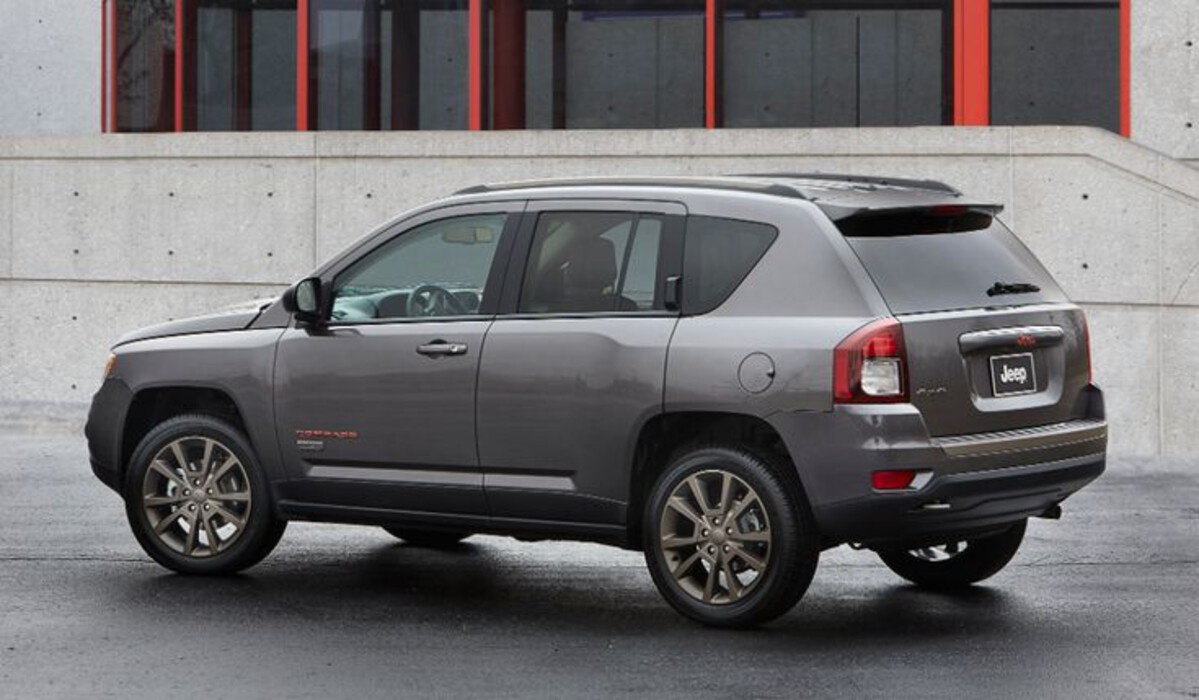
Jeep eventually moved away from CVTs in favor of 9-speed automatics—but the damage was done. These early Compass models became infamous for their fragile transmissions, tanking resale value and customer confidence.
If you’re eyeing a budget-friendly used SUV, think twice before grabbing a CVT-equipped Compass from this generation. The money saved upfront could easily vanish into your mechanic’s pocket.
2. Nissan Pathfinder (2013–2016)
One of the most notorious examples of CVT failure in an SUV is the 2013–2016 Nissan Pathfinder. Designed to offer family-sized comfort and towing ability, the Pathfinder was unfortunately paired with a weak CVT that couldn’t handle its size or torque demands.
The result? Early failures, jerky performance, and lawsuits. Owners reported everything from shuddering at low speeds to catastrophic failure under normal driving conditions. Nissan even faced class-action lawsuits and extended warranties due to the sheer number of complaints.
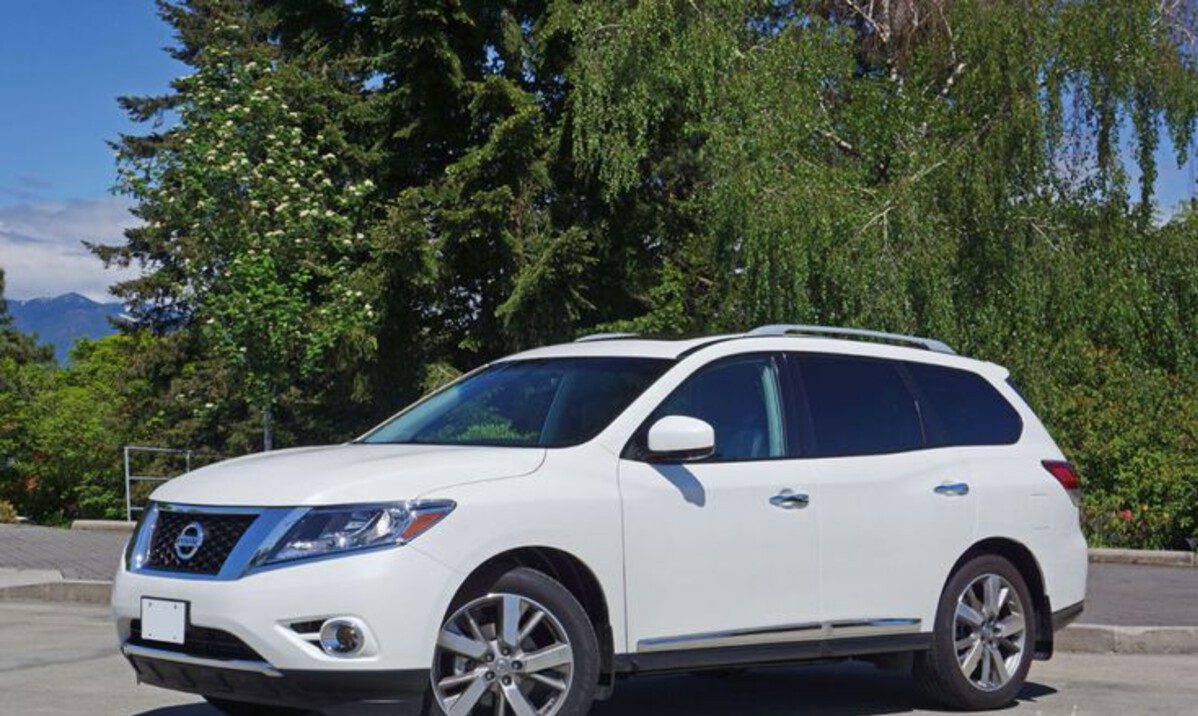
What made matters worse was how unpredictable the CVT behavior was. Some Pathfinders would drive fine for 50,000 miles, then suddenly start slipping or overheating. Others didn’t even make it that far. For families depending on reliability, this was a dealbreaker.
Although Nissan improved its CVT tech in later models, this generation of Pathfinder remains a textbook case of how not to pair a transmission with an SUV. It looks great on paper, but under the hood, it’s a ticking time bomb.
3. Mitsubishi Outlander (2014–2017)
The Mitsubishi Outlander aimed to be a budget-friendly crossover with decent tech and seating for seven, but its CVT left many owners stranded, angry, and broke. The 2014–2017 models came with a Jatco CVT that frequently suffered from whining noises, overheating, poor acceleration, and sudden failure.
Transmission fluid degradation was a major issue, often going unnoticed until the damage was irreversible. Even routine maintenance didn’t prevent problems, and owners found themselves shelling out thousands for replacements or rebuilds before hitting 100,000 miles.
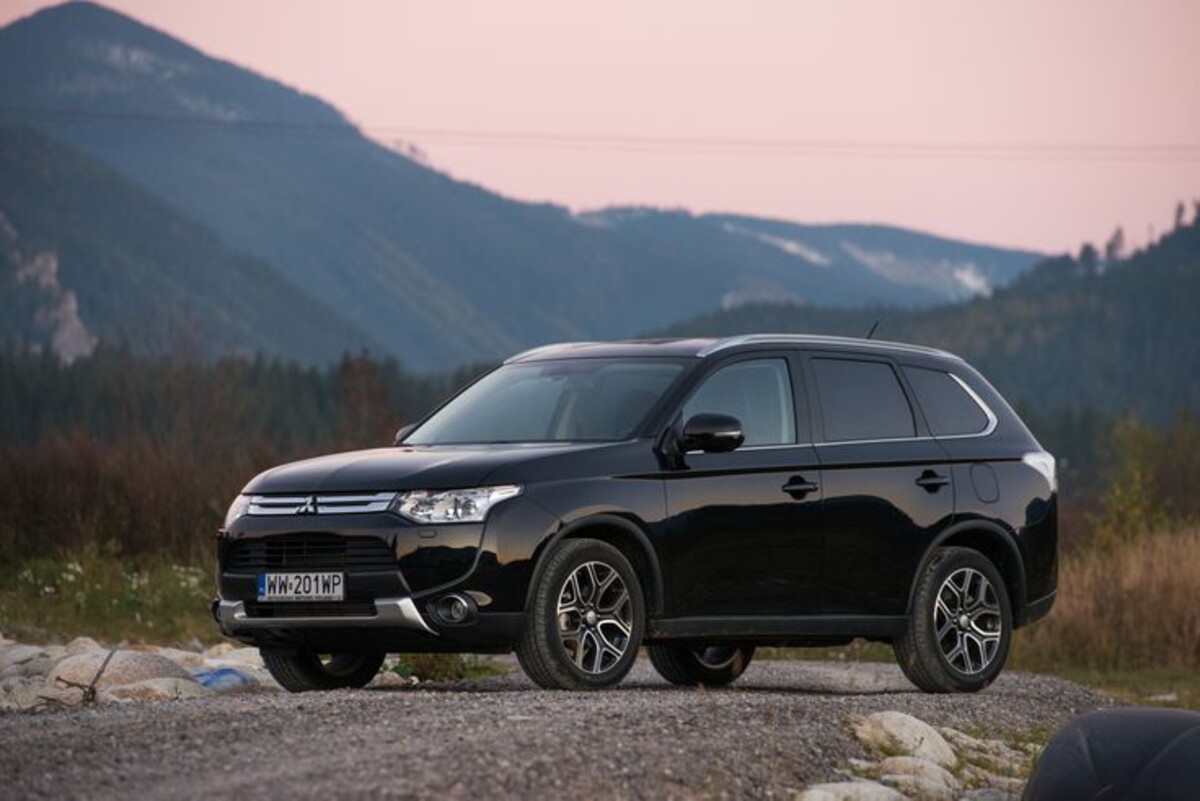
Despite offering a good AWD system and lots of features for the price, the Outlander’s reputation took a nosedive due to these transmission woes. Mitsubishi offered software updates and extended warranties, but many felt it was too little, too late.
If you’re tempted by a cheap Outlander from this era, ask yourself: is a low sticker price worth the high cost of a transmission swap?
4. Dodge Caliber (2007–2012)
The Dodge Caliber SUV-ish hatchback wasn’t just awkwardly designed—it was also cursed with one of the worst CVTs ever put in a production vehicle. Chrysler’s partnership with Nissan led them to use Jatco CVTs, and in the Caliber, it was a mechanical nightmare.
Drivers experienced constant belt slippage, overheating, and abrupt loss of power, sometimes while merging onto highways. It didn’t take long before this transmission gained a reputation for premature failure. Many owners didn’t even make it to 80,000 miles without a major repair bill.

Chrysler never truly addressed the issue. The Caliber’s transmission problems became so widespread that its resale value plummeted, and many mechanics outright warned against buying one. The lack of aftermarket support and expensive replacement parts only added salt to the wound.
If there’s one SUV-like vehicle that perfectly embodies the phrase “CVT disaster,” the Dodge Caliber is it.
5. Nissan Juke (2011–2015)
Quirky, turbocharged, and fun to look at—the Nissan Juke had potential. But it’s a CVT? Not so much. The 2011–2015 models were equipped with Nissan’s early Xtronic CVT, which failed to keep up with the Juke’s sporty powertrain and compact size.
Owners complained of laggy throttle response, CVT overheating, and complete transmission breakdowns, often before the 100,000-mile mark.
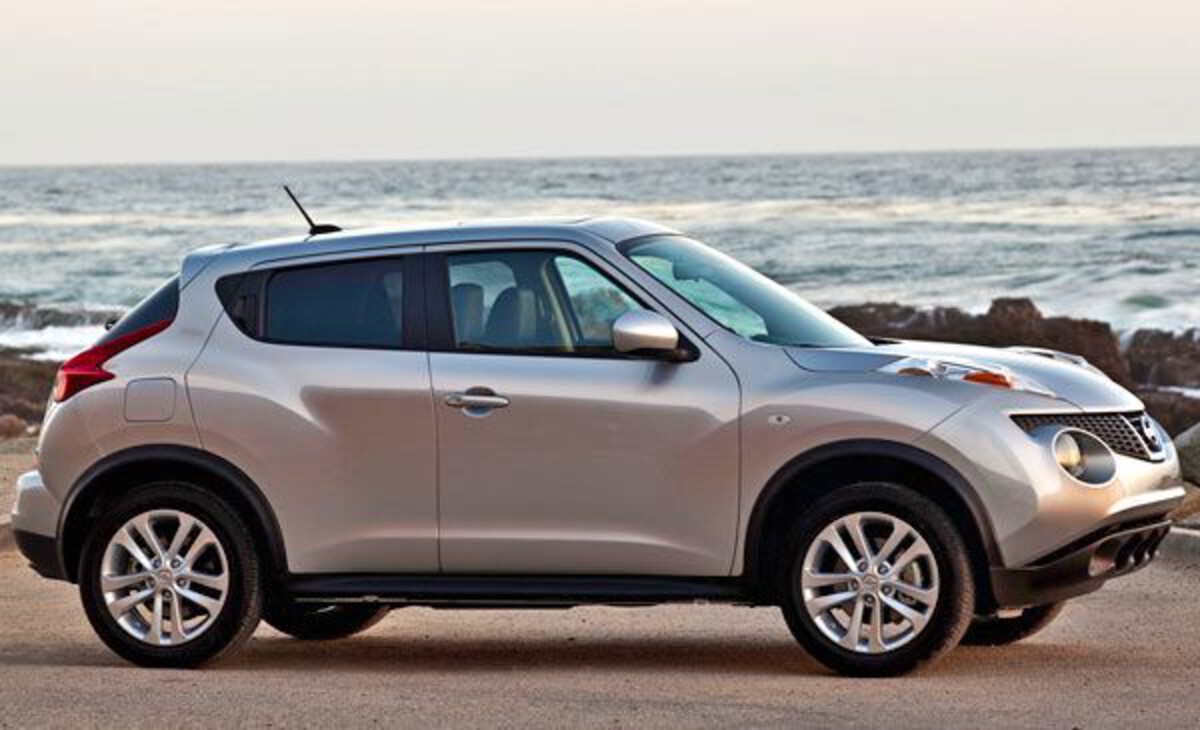
While the engine begged to be pushed, the CVT simply wasn’t up to the challenge, leading to mismatched driving dynamics and expensive repair bills.
Nissan acknowledged issues with several TSBs (Technical Service Bulletins) and even extended warranties on certain models, but that didn’t stop the bad reputation. For a car marketed to young drivers looking for style and punch, the constant fear of CVT death undercut its entire appeal.
Today, the Juke remains a cautionary tale: cool styling means nothing if the heart of the car—the transmission—is this unreliable.
CVTs can be a blessing or a burden—it all comes down to execution. As we’ve seen, some automakers like Honda, Toyota, and Subaru have cracked the code, offering CVT-equipped SUVs that last well past 150,000 miles without serious trouble. These vehicles are the real-world proof that CVT technology can be dependable when engineered correctly.
But for every reliable CVT SUV, there’s a cautionary tale lurking on the used lot. Jeep, Dodge, and older Nissans are perfect examples of how CVTs can quickly turn a dream ride into a financial nightmare. Transmission failure not only ruins your day—it decimates your resale value and trust in the brand.
So, what’s the takeaway? If you’re shopping for a used SUV with a CVT, do your homework. Look past the spec sheet. Search owner forums, read up on recalls, and avoid model years known for transmission meltdowns.
The difference between a smooth 200,000-mile journey and a $4,000 transmission repair could just be the model and year you choose.

